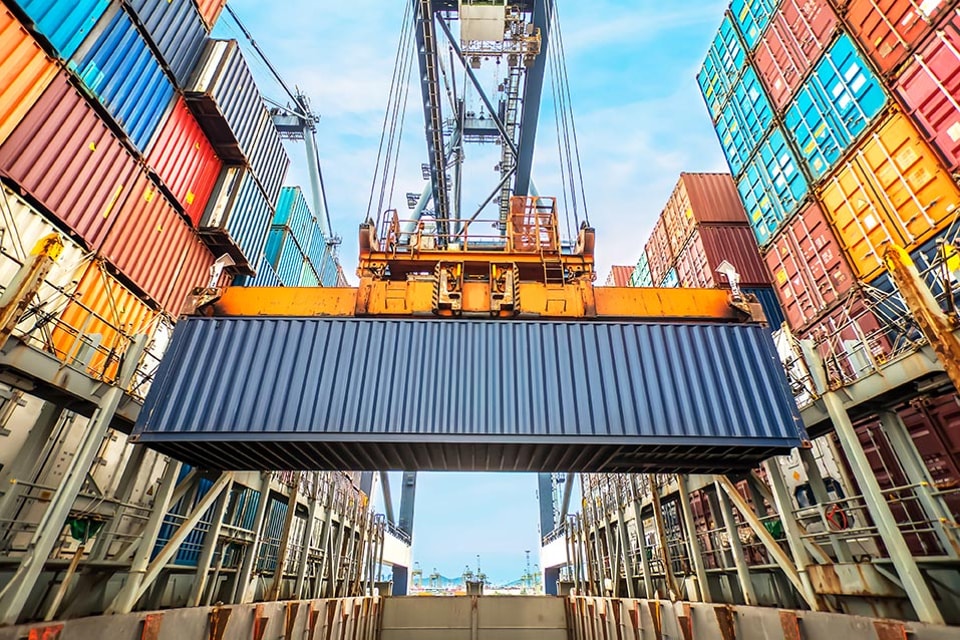Third Way Take Published April 21, 2015 · Updated April 21, 2015 · 3 minute read
Trade: By the Numbers
Jay Chittooran

There is simply no path to middle-class prosperity without increasing U.S. exports and expanding American access to foreign markets. As policymakers consider bipartisan, bicameral Trade Promotion Authority legislation, we wanted to provide you with data that show what’s at stake in the trade debate.
The Prize
To achieve middle-class prosperity, a growing, wealthier world must buy more Made in the USA products and use more Made in the USA services.
- 95%: The amount of the world’s consumers that live outside of the United States.
- 1.2 billion: The population of the Asia-Pacific middle class by 2020, comprising half of the world’s middle-class consumers.
- 3.2 billion: The population of the Asia-Pacific middle class by 2030, which will account for two-thirds of the world’s middle class.
- $10 trillion: The size of Asian import markets by 2020.
- 793 million: The total population of the Trans-Pacific Partnership region, or 11 percent of the world’s population.
- $28.1 trillion: The combined GDP of all 12 TPP countries in 2013.
The Risk
We have to fight to get our rightful share of this market and to ensure the rules for commerce are fair for American companies.
- -43%: The declining U.S. share of 12 key Asia-Pacific export markets from 2000 to 2010, the steepest decline of any major Asia trading partner.
- 39th: In a ranking of the 40 largest world economies, the United States is second to last in exports as a share of GDP.
- 16: The number of countries in the Regional Comprehensive Economic Partnership (RCEP) agreement, which China is currently negotiating to set the rules of commerce in Asia.
- 17: The number of times the words “labor” or “worker” appeared in 1,849 pages across the 13 Chinese free-trade agreements reached since 2000.
- 0: The number of chapters devoted to labor protections in China’s RCEP.
- 30%: The average tariff rate of American vehicles in Malaysia, while motor vehicles from Japan, Turkey and elsewhere face no tariffs in the region.
The Opportunity
Modern trade deals help America and Americans. A strong and progressive TPA bill, followed by a strong, modern Trans-Pacific Partnership will allow American workers and businesses to compete and win.
- $30.2 billion: How much the U.S. balance of trade in the blue collar goods sector improved on an average annual basis from the 17 U.S. trade deals reached since 2000.
- $600 billion: The increase in U.S. exports in 2020 alone if the U.S. regains its historical share of key Asia-Pacific markets.
- 18%: The wage that exports contribute to workers’ earnings on average in the U.S. manufacturing sector.
